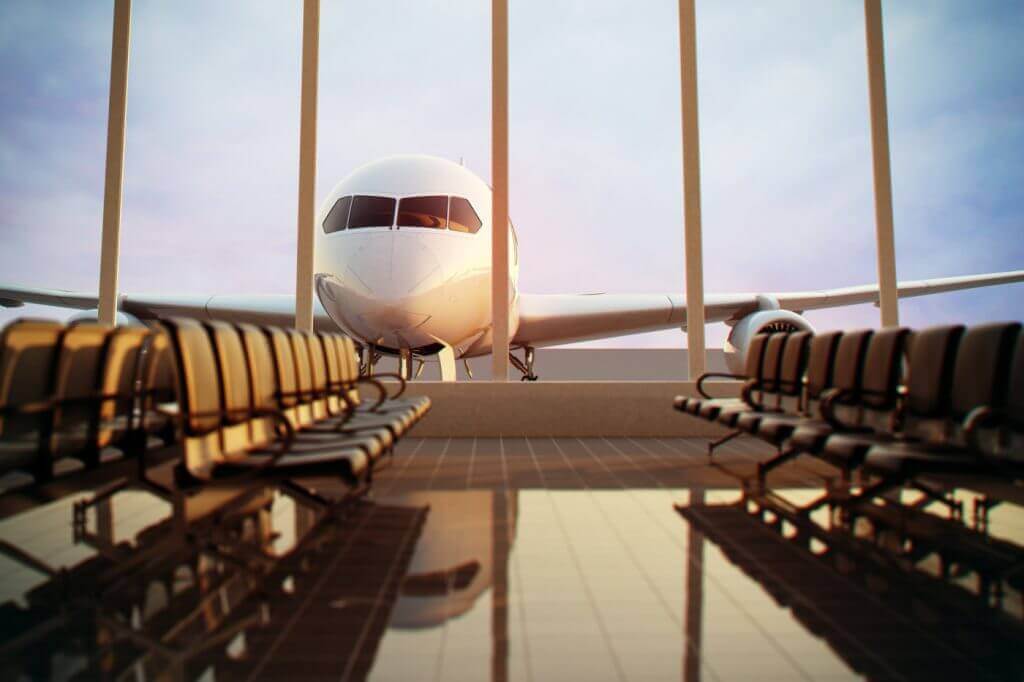
The COVID-19 pandemic caused total disruption in the travel industry.
NB: This is an article from McKinsey & Company
Hotel occupancies in Europe dropped 90 percent in May compared with the same period a year earlier, and average daily room rates in the Asia–Pacific region decreased 40 percent. The aviation sector struggled to survive, with 80 percent of flights canceled. The pain was ongoing: global air-passenger volume in August was still 64 percent below 2019 numbers. The cruise industry was almost fully shut down, and several ships that started sailing again were halted because of COVID-19 outbreaks. Arnold Donald, CEO of Carnival Cruise Lines, still had 90 ships at anchor as of November.
Subscribe to our weekly newsletter and stay up to date
Now the picture is diverging: even as some countries experience their highest caseloads ever, China posted record travel numbers for the October National Day holiday. Against this backdrop, leaders from across the travel industry came together at the Bloomberg New Economy Forum (NEF) last November to share insights and discuss the path forward for travel and its millions of related jobs. This article summarizes the key points from that conversation.
Lessons from China
Between January and February 2020, China’s air-travel and hotel bookings fell by more than 80 percent compared with the same period in 2020. Since the spring, however, China’s domestic air travel has rebounded completely (exhibit). During the Golden Week holiday, pent-up demand spurred 637 million Chinese citizens to hit the road during the break, and bookings at luxury and upper-tier hotels in China were 3 percent higher than during the 2019 holiday. As Arne Sorenson, CEO of Marriott, observed, “The domestic market in Sanya—‘China’s Florida’—is already stronger than it was before COVID-19.”
The global travel industry can learn a number of lessons from China’s experience. A Chinese airline CEO believes the government did its part by driving the virus caseload low and keeping it down, which was crucial to restoring confidence in domestic travel. Previous investments in infrastructure, in turn, paid off, once consumer demand returned. “China today is like the US post–World War II: the US had a new highway system, while in China, the network of high-speed trains and highways has increased domestic tourists’ ability to reach different parts of the country,” according to the head of a luxury-hotel chain.





